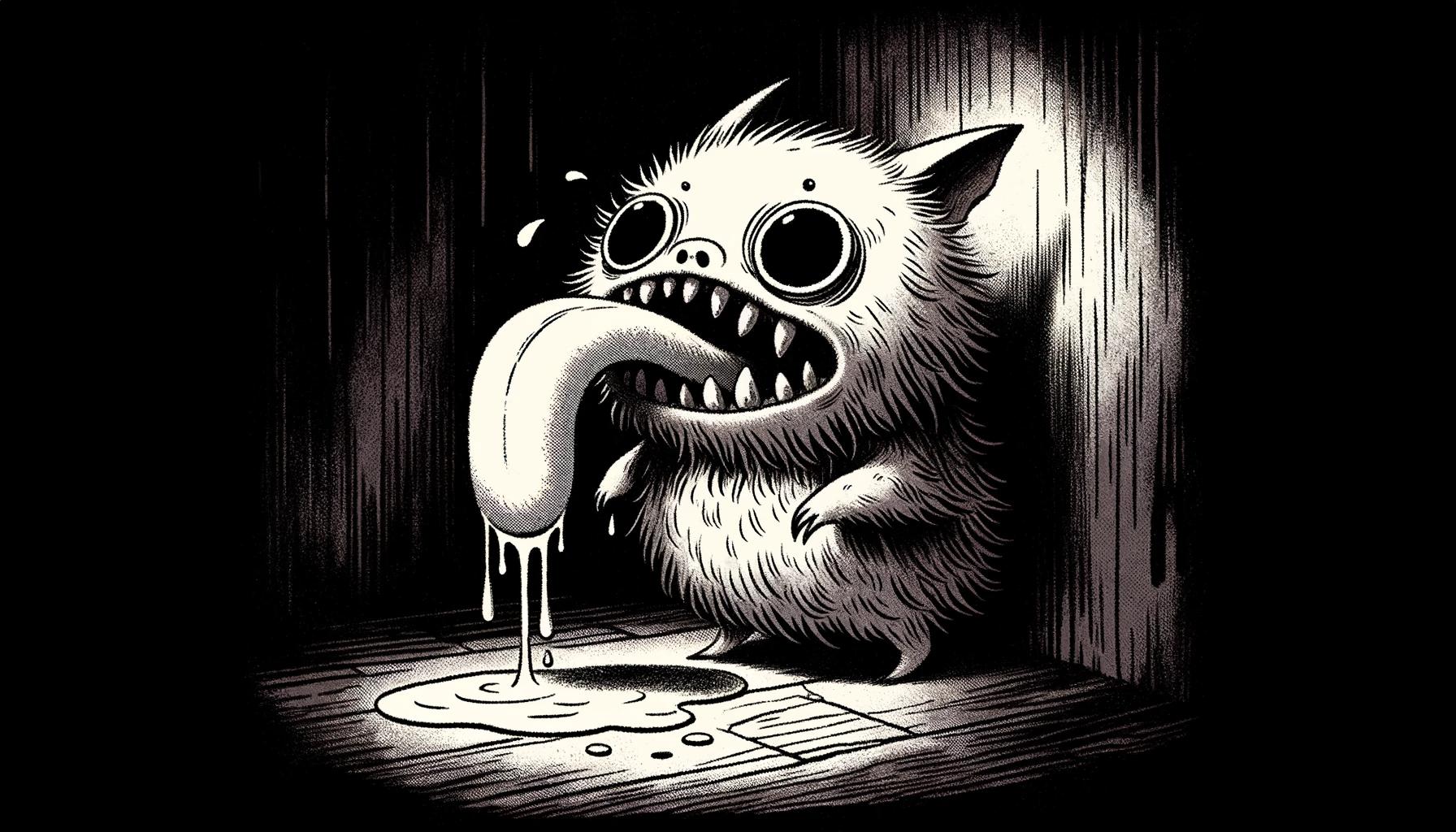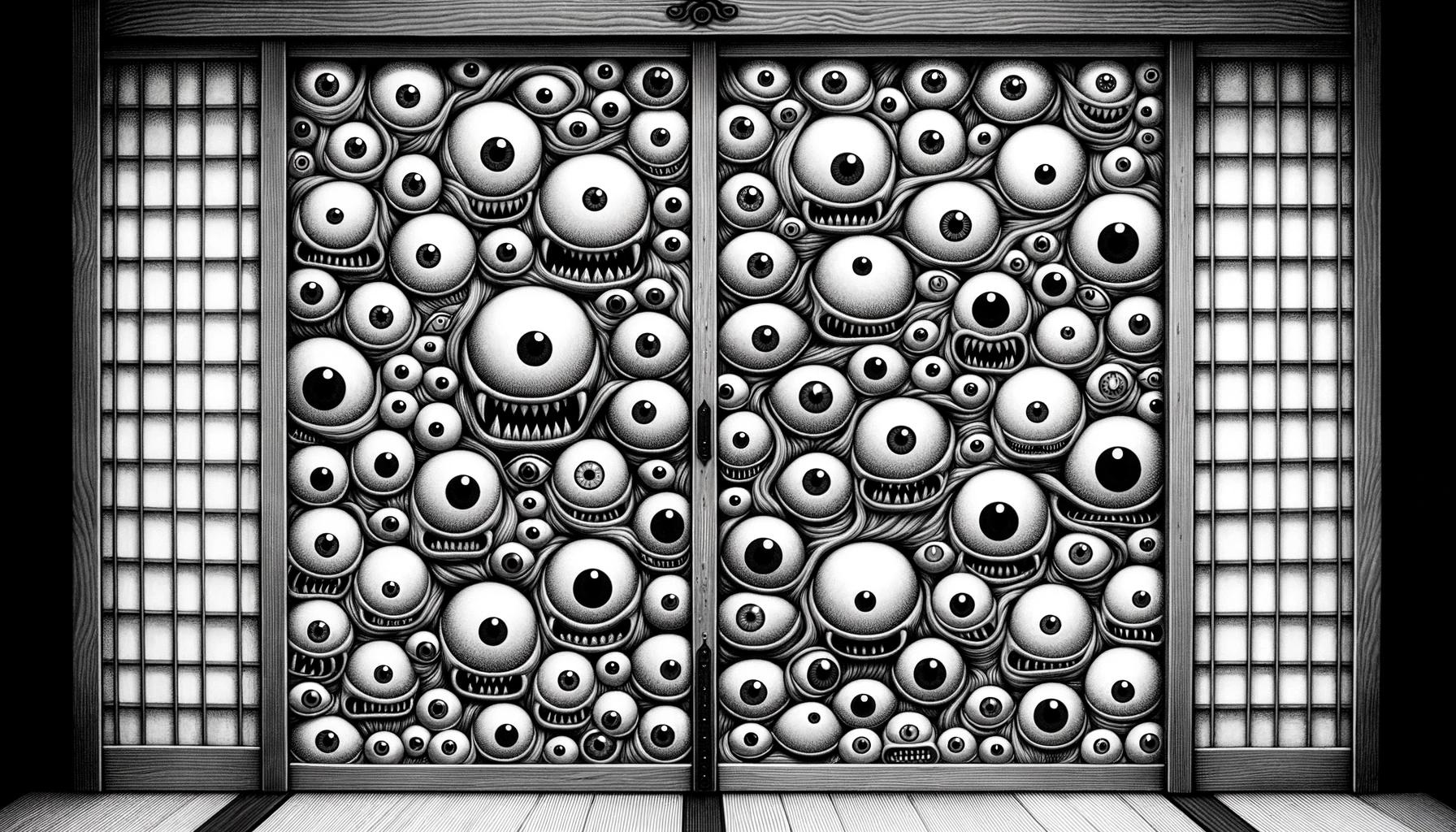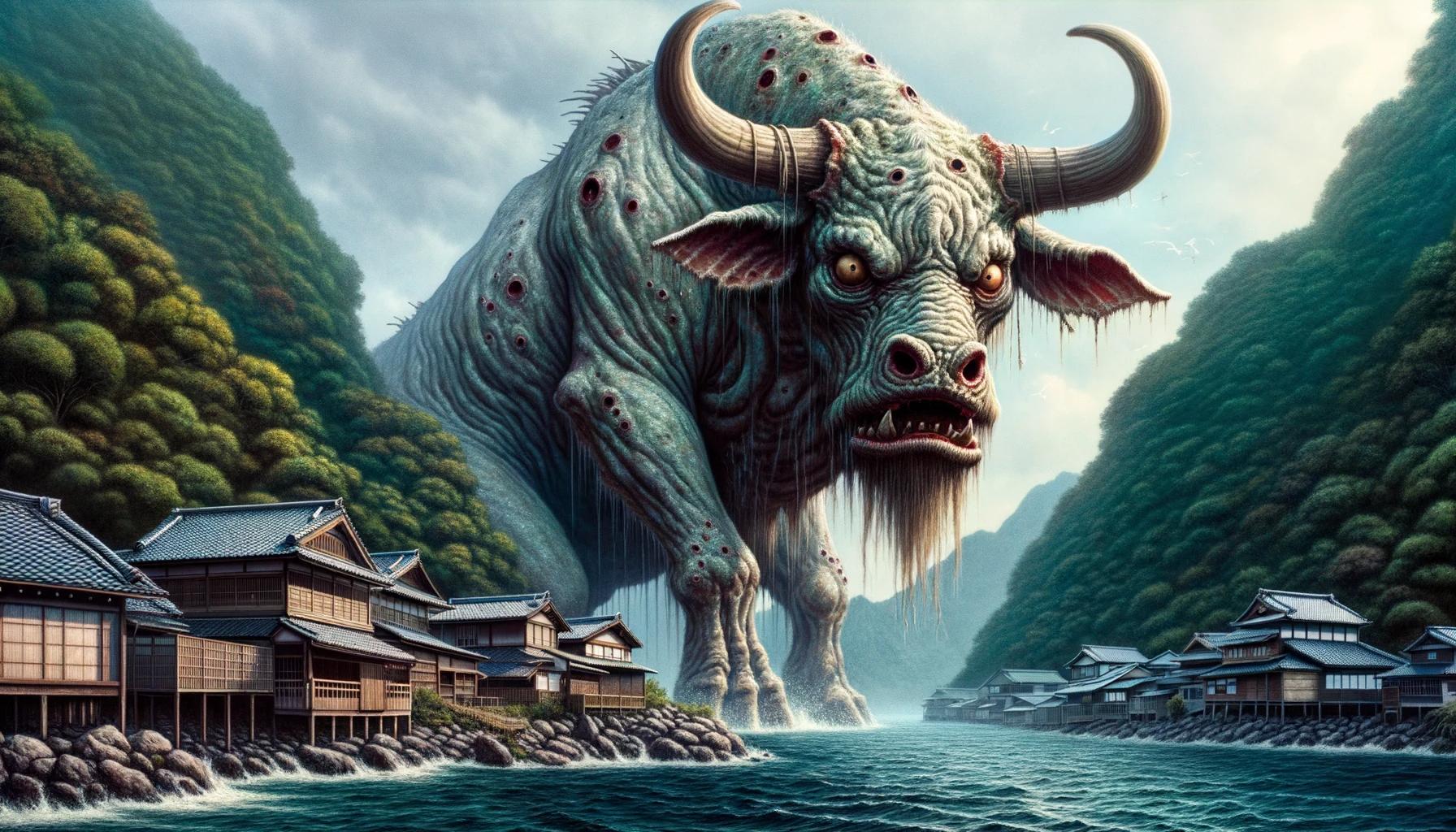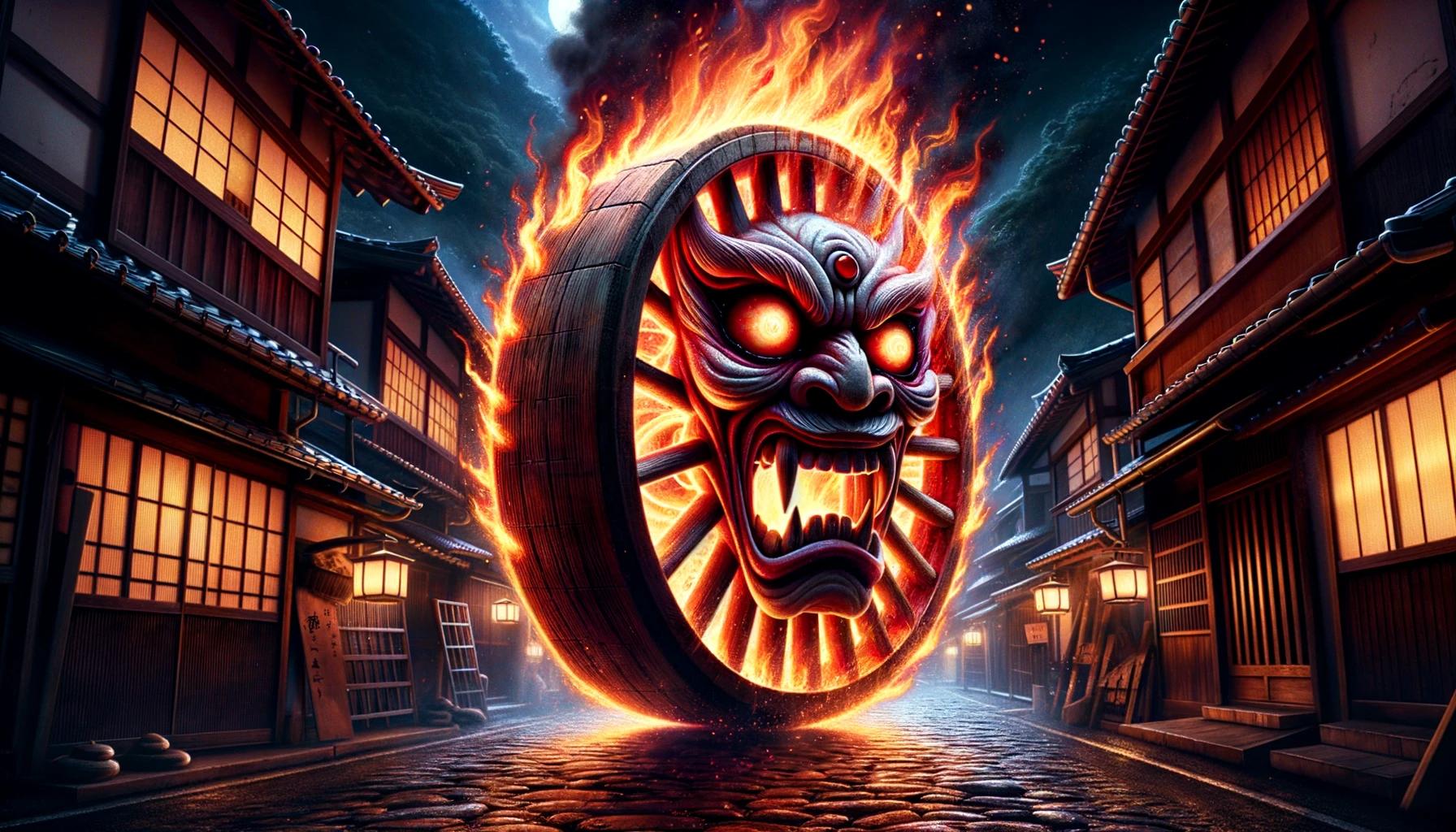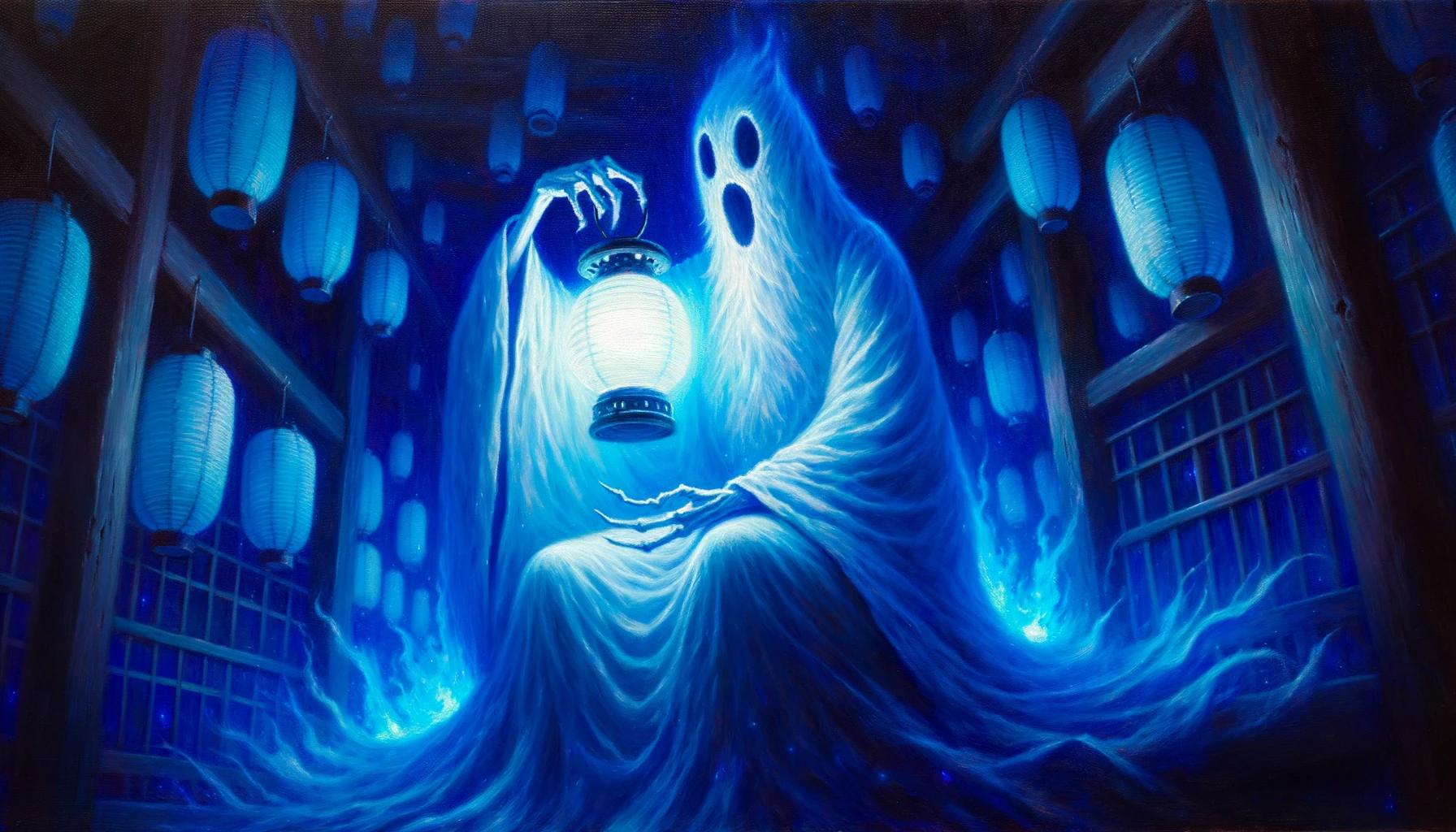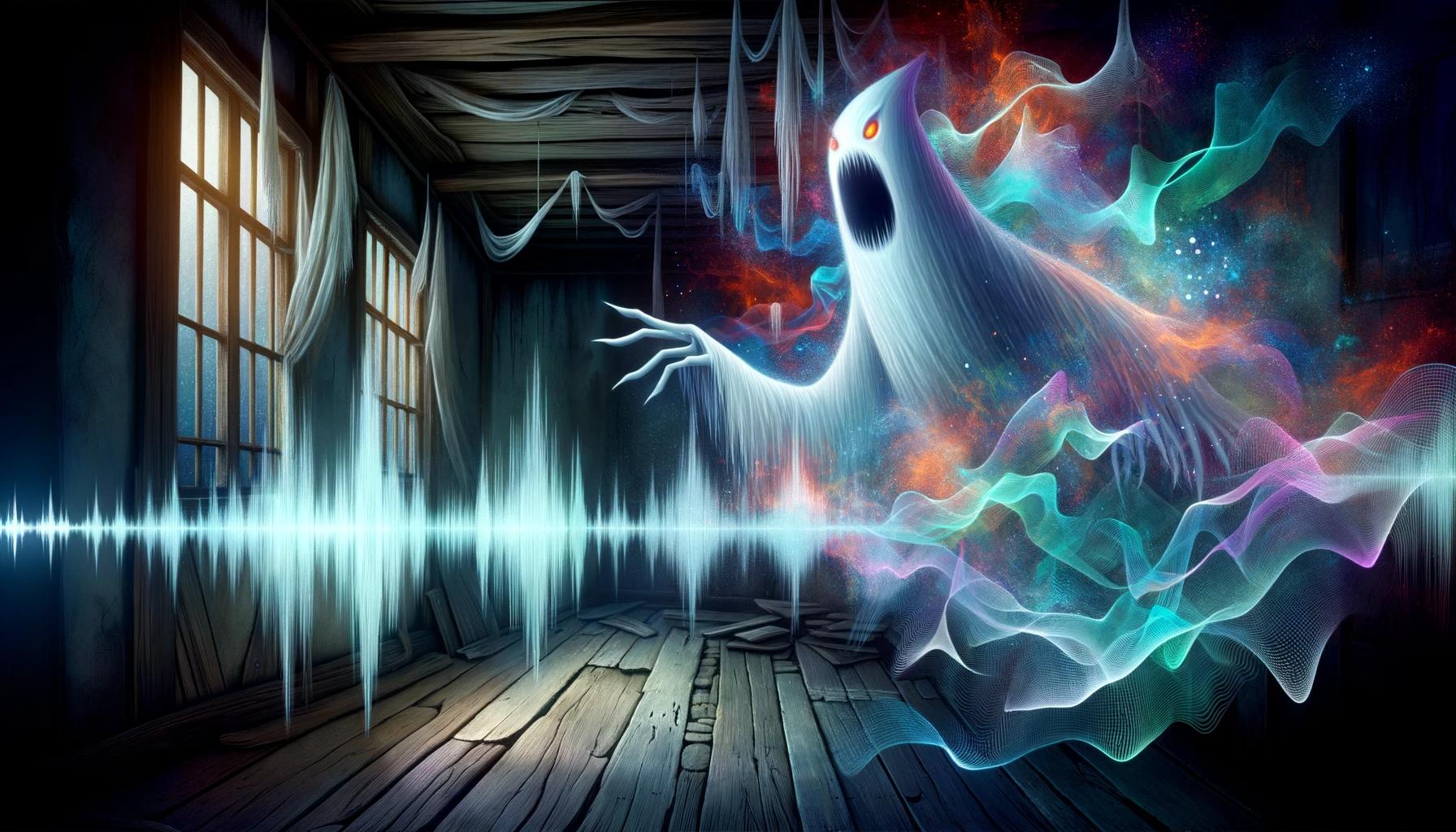Tenome Yokai: Unveiling the Terrifying Japanese Mythological Creature
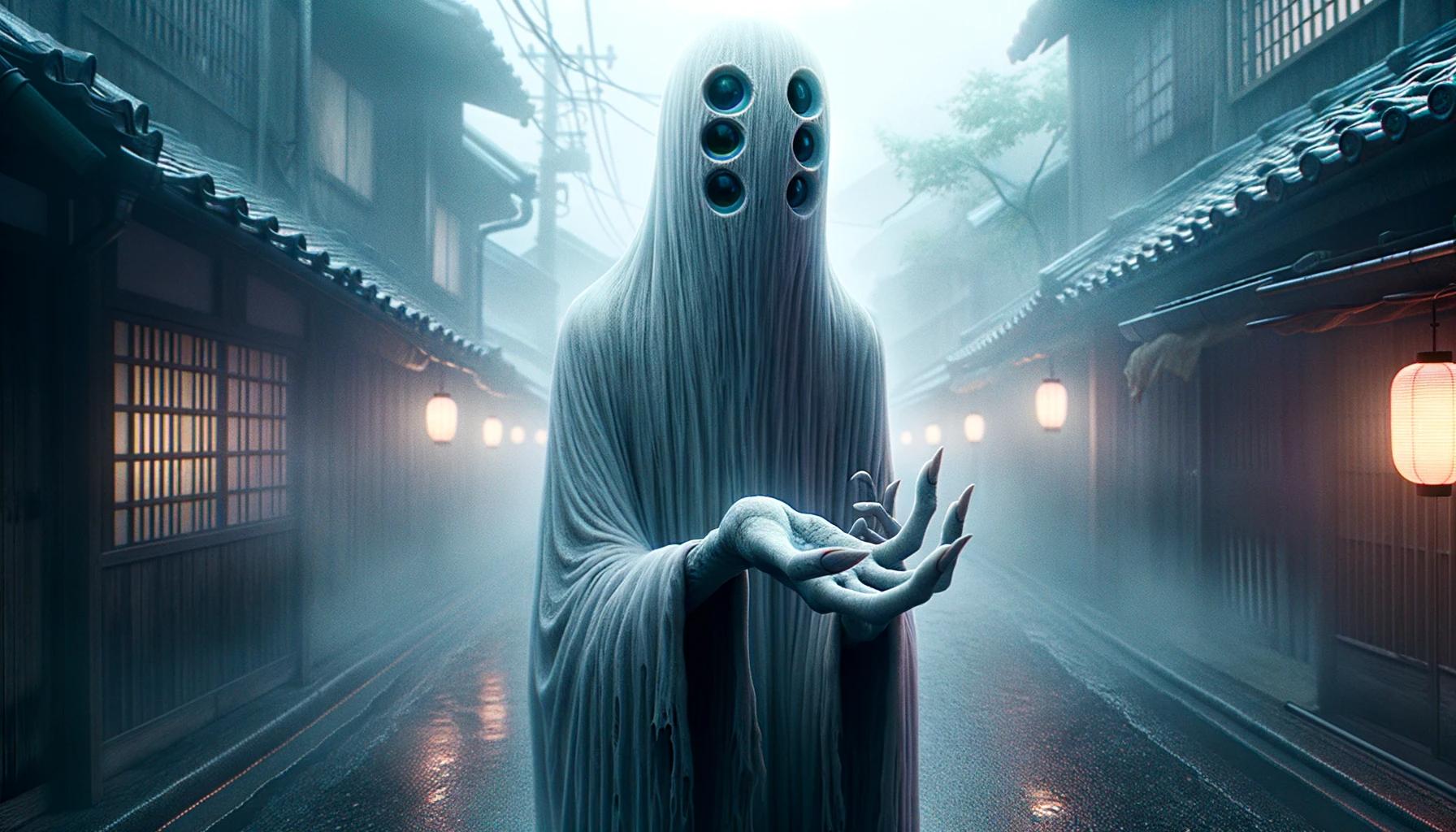
The Tenome Yokai, a terrifying creature from Japanese mythology, is renowned for its palm-eye feature. Born from the resentment of blind men who were robbed and killed by bandits, this malevolent spirit haunts open fields and cemeteries at night, preying on unsuspecting victims.
Its exceptional sense of smell compensates for its weak vision, making it a stealthy hunter. Often mistaken for humans, Tenome Yokai’s human-like appearance allows it to blend in seamlessly, making it a formidable threat.
This article provides an overview of Tenome Yokai, including legends, behavior, encounters, and its influence in popular culture.
The Legend of Tenome Yokai
The legend of Tenome Yokai is a chilling tale that originates from Japanese folklore. This malevolent being, with its unsettling eyes in the palms of its hands, strikes fear into the hearts of those who dare cross its path.
According to the legend, Tenome Yokai is said to be born out of the anguish and resentment of blind men who were robbed and murdered by bandits.
In their final moments, these blind victims desperately pleaded to see the faces of their attackers.
However, their wish was granted in a sinister way, as they were reborn as Tenome Yokai with eyes on their hands. This haunting transformation granted them the ability to hunt in the darkness, lurking in fields and cemeteries, waiting to pounce on unsuspecting prey.
Tales of Tenome Yokai depict its terrifying behavior, stalking its victims patiently until they are within striking distance. While its vision may not be its strongest sense, this yokai possesses an exceptional sense of smell, allowing it to track and locate its prey even in the darkest of nights.
Feasting upon fresh bones, Tenome Yokai represents an embodiment of darkness and malevolence.
This part of our article uncovers the eerie origins and haunting behavior of Tenome Yokai, delving deep into the chilling legends that have captivated imaginations for centuries.
Origins and Resentment: The Birth of Tenome Yokai
The Tenome Yokai is believed to have originated from the deep-rooted resentment of blind men who fell victim to theft and murder at the hands of ruthless bandits. Legend has it that in their dying breaths, these blind men desperately pleaded to see the faces of their attackers.
In a sinister twist of fate, their wish was granted in a gruesome manner, as they were reborn as yokai with eyes in the palms of their hands.
These vengeful spirits, known as Tenome Yokai, emerged from a place of profound resentment, seeking both justice and revenge.
Their transformation into terrifying creatures with hand-eyes symbolizes the haunting consequences of their tragic past. This mythical tale serves as a cautionary reminder of the weight and consequences of human actions.
As the Tenome Yokai reigns over the fields and cemeteries during the darkest hours, their malevolence lingers, forever driven by their relentless desire for retribution. Their horrific origin story adds another layer to the chilling aura surrounding these creatures, making encounters with them all the more spine-tingling.
Haunting Behavior: Tenome Yokai’s Terrifying Nature
The Tenome Yokai’s behavior is nothing short of bone-chilling. This malevolent creature haunts open fields and cemeteries under the cloak of darkness, patiently stalking its prey. With its unique feature of eyes in the palms of its hands, Tenome Yokai waits for victims to come within striking distance before launching its terrifying attack.
While its vision may be deficient, it compensates with an exceptional sense of smell, enabling it to track and hunt its victims with remarkable precision.
Once it captures its prey, Tenome Yokai indulges in a grisly feast, feeding on fresh human bones. The sheer horror of its actions has solidified its position as one of the most feared entities in Japanese folklore.
Its resemblance to humans, combined with its stealthy nocturnal movements, makes it an elusive and difficult creature to detect until it’s too late.
Legends of Tenome Yokai’s relentless pursuit and unquenchable hunger for human bones have been passed down through generations. Its terrifying nature has captivated both artists and enthusiasts, leading to its depiction in various forms of media such as anime, manga, and video games.
The enduring fascination with Tenome Yokai highlights the enduring power and legacy of this macabre creature in Japanese mythology and popular culture.
- Tenome Yokai patiently stalks its prey in open fields and cemeteries.
- Its unique palm-eye feature enables it to strike when victims draw near.
- Despite its deficient vision, its heightened sense of smell aids in tracking prey.
- Tenome Yokai feeds on fresh human bones, instilling terror in its wake.
- Its human-like appearance and stealthy nature make it challenging to detect.
- Legends of Tenome Yokai’s haunting behavior have inspired various forms of media.
A Specific Encounter: The Tale of Tenome Yokai in Shichi-jo, Kyoto
In the eerie streets of Shichi-jo, Kyoto, a chilling encounter unfolded, forever etched in the town’s folklore. A brave young man, determined to test his courage, ventured into a cemetery during the dead of night.
As he tiptoed through the silent tombstones, a blind elderly figure emerged from the darkness, revealing the unmistakable eyes on the palms of its hands – a Tenome Yokai.
Terrified, the young man sprinted towards a nearby temple, seeking refuge from this malevolent presence.
Concealed inside a chest, he listened intently as the creature sniffed out his presence, drawing closer with each exhale. The tension peaked, suffocating the air, until finally, the bone-chilling sounds vanished, and the temple priest cautiously opened the chest, setting the unharmed young man free.
This encounter served as a haunting reminder of the Tenome Yokai’s stealthy hunting prowess, its relentless pursuit driven by resentment. Shichi-jo, forever marked by this tale, continues to share the chilling saga, reminding all who dare to wander these ancient streets of the legends that lurk beneath them.
Camouflage and Stealth: Tenome Yokai’s Human-like Appearance
The Tenome Yokai possesses a truly uncanny ability to blend in seamlessly with humans, making it a formidable and elusive creature. Its human-like appearance allows it to go undetected, making it exceedingly difficult to spot before it strikes.
This yokai can effectively mimic a member of a blind guild known as “zato,” further enhancing its ability to camouflage itself among unsuspecting individuals.
Utilizing its remarkable skill of deception, the Tenome Yokai becomes nearly indistinguishable from ordinary humans.
Its ability to pass as one of us grants it additional advantages, allowing it to observe and stalk its prey undetected. This human-like facade paired with its exceptional sense of smell and speed makes the Tenome Yokai a cunning and efficient nocturnal hunter.
It’s important to be aware of the Tenome Yokai’s clever disguises, as its subtle presence can be easily mistaken for a fellow human. The yokai’s ability to expertly infiltrate various environments, including communities and social gatherings, makes it an even more insidious threat.
Vigilance is crucial when navigating potential encounters with this elusive and dangerous creature.
Akin to Tenome Yokai: An Introduction to Kurayami Me
In the realm of Japanese folklore, alongside the infamous Tenome Yokai, exists another intriguing creature known as Kurayami Me. Similar to Tenome Yokai, Kurayami Me possesses a unique and eerie characteristic – eyes located on its knees.
While Tenome Yokai haunts the night with its palm-eyes, Kurayami Me navigates the darkness, sometimes colliding with objects during daylight due to its lack of vision.
Kurayami Me shares similarities with Tenome Yokai in more ways than just its physical appearance. Both creatures are nocturnal hunters, stealthily stalking their prey under the cover of darkness.
Despite their impaired visual perception, their incredible speed and heightened sense of smell make them efficient predators. They often disguise themselves as humans or blend in with their surroundings, increasing the difficulty of detecting their presence.
While Tenome Yokai has captivated the imaginations of artists and enthusiasts, Kurayami Me contributes its unique element to the tapestry of Japanese yokai folklore. Together, Tenome Yokai and Kurayami Me provide a fascinating glimpse into the diversity and depth of Japan’s mythical creatures.
Exploring Tenome Yokai in Mythology and Popular Culture
Tenome Yokai, with its eerie palm-eyes and terrifying nature, has left an indelible mark on Japanese mythology and popular culture. This mythical creature has become a subject of fascination for artists, writers, and enthusiasts alike.
Within the realm of mythology, Tenome Yokai is often portrayed as a vengeful spirit born from the resentment of blind men who were preyed upon by bandits. Its haunting behavior, lurking in fields and cemeteries, has captivated storytellers and inspired chilling tales of encounters with unsuspecting individuals.
In popular culture, Tenome Yokai has found its way into various forms of media, including anime, manga, and video games. Its distinctive appearance and terrifying reputation have made it an intriguing subject for visual artists, who aim to capture its essence and convey its eerie presence.
One notable artistic depiction of Tenome Yokai is the illustration by Matthew Meyer, which showcases the creature’s menacing palm-eyes and emphasizes its otherworldly features.
In conclusion, Tenome Yokai’s presence in both mythology and popular culture exemplifies its enduring impact.
Through chilling tales and artistic representations, it continues to captivate and intrigue audiences, solidifying its status as a formidable creature of Japanese folklore.
Artistic Depictions: Matthew Meyer’s Illustration of Tenome Yokai
Matthew Meyer, a talented artist, has created a captivating and chilling illustration of the Tenome Yokai. His artwork brings this legendary creature to life, showcasing its terrifying presence.
In his depiction, the Tenome Yokai is shown with its distinct feature of eyes on the palms of its hands, conveying its eerie and malevolent nature.
Meyer’s attention to detail is remarkable, capturing the essence of the Tenome Yokai’s hunting behavior and its ability to blend in with humans.
The illustration portrays the creature lurking in the shadows, ready to strike its next victim. The sinister aura surrounding the Tenome Yokai is depicted through Meyer’s masterful use of shading and dark tones.
This illustration by Matthew Meyer serves as a glimpse into the immense talent and creativity of artists inspired by Japanese folklore. It encapsulates the fear and fascination associated with the Tenome Yokai, leaving a lasting impression on those who encounter it.
Meyer’s work not only contributes to the visual representation of this paranormal creature but also reinforces its menacing reputation in popular culture.
Frequently Asked Questions About Tenome Yokai
Here are some common questions about Tenome Yokai, the notorious Japanese mythological creature:
Can Tenome Yokai see with its hand-eyes?
Tenome Yokai’s eye-like palms are more symbolic than functional. They don’t possess the ability to see like regular eyes do. Instead, these palm-eyes serve as a reminder of Tenome’s origin and its eerie nature.
Where can Tenome Yokai typically be found?
Tenome Yokai is known to inhabit open fields and cemeteries, primarily during the darkness of the night. However, encountering this creature can be extremely rare and should not be considered a common occurrence.
What do Tenome Yokai feed on?
Tenome Yokai has a disturbing taste for fresh bones, particularly from its human prey. It hunts and devours its victims, leaving behind a chilling reminder of its nocturnal terror.
Are there any other yokai similar to Tenome Yokai?
While Tenome Yokai is unique in its eye location, there is another yokai known as Kurayami Me that has eyes on its knees.
Both are nocturnal creatures, though Kurayami Me’s lack of vision causes it to stumble upon objects during the daytime.
What are some popular media appearances of Tenome Yokai?
Tenome Yokai has captured the imagination of artists and creators, leading to various depictions in popular media like anime, manga, and video games. Its menacing presence often contributes to chilling and suspenseful narratives.
Yokai Com: A Comprehensive Guide to Japanese Mythological Creatures
For more in-depth information about Tenome Yokai and other mythical creatures from Japanese folklore, Yokai Com provides a comprehensive guide. It explores the origins, behaviors, and legends associated with yokais, including the terrifying Tenome Yokai.
Social Media Buzz: Tenome Yokai’s Influence in Art and Entertainment
Tenome Yokai’s eerie allure has generated buzz on social media platforms.
Artists and enthusiasts have been inspired to create captivating artwork and share their interpretations of this supernatural being.
Exploring Other Notable Yokai from Japanese Folklore
Alongside Tenome Yokai, Japanese folklore is rich with a multitude of other intriguing yokai creatures. From mischievous spirits to powerful demons, exploring the diverse world of yokai offers endless fascinating tales.
Stay tuned for more insights and revelations about Tenome Yokai and the captivating realm of Japanese mythology.
.












